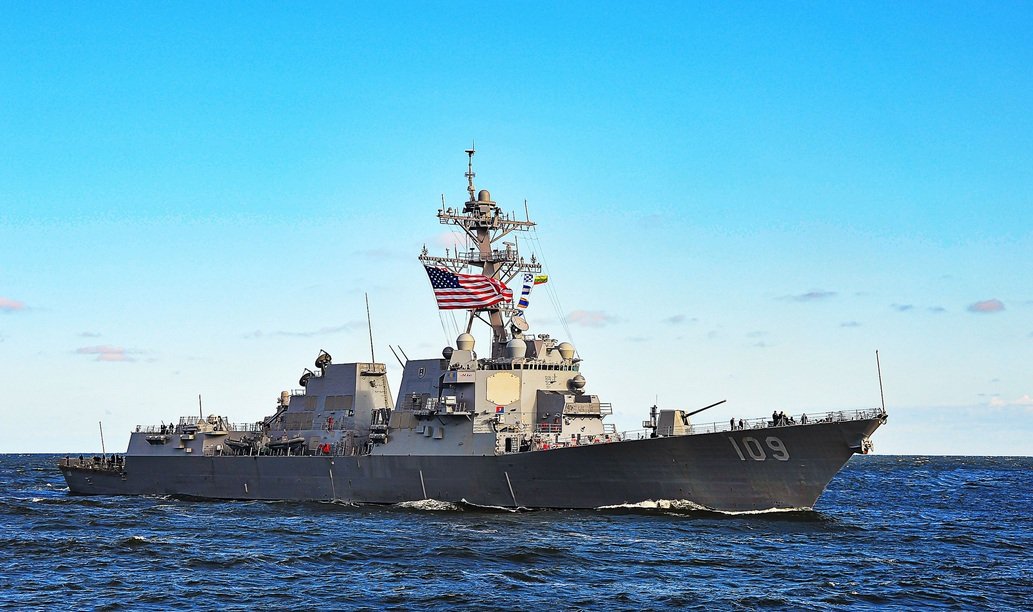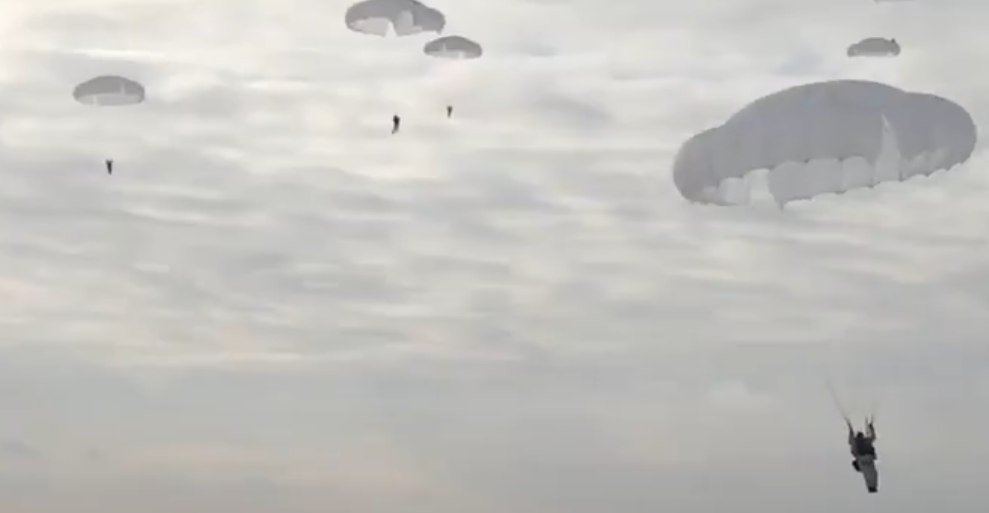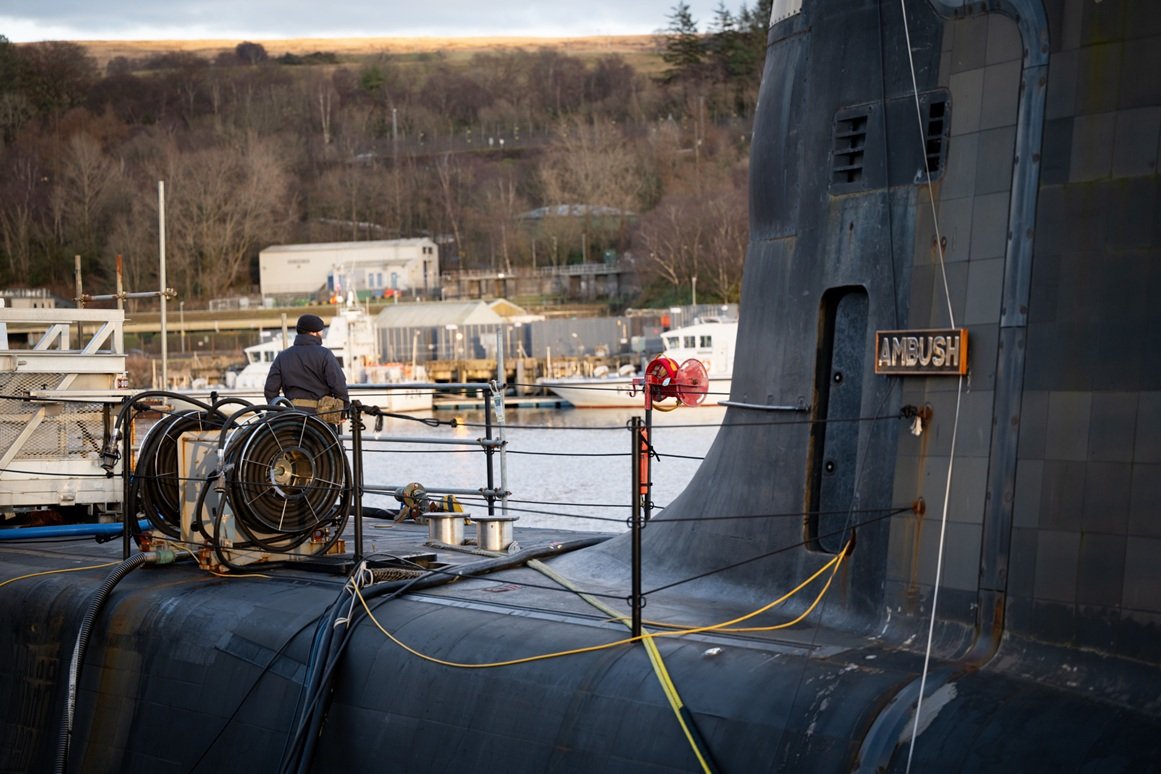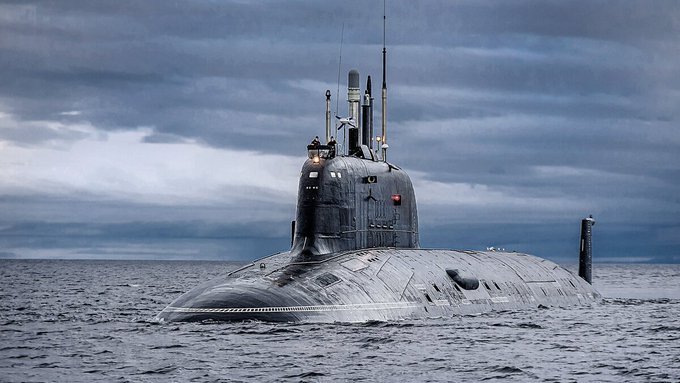
Red Sea Conflict: How Yemen’s Houthis Changed the Rules of Naval Warfare?
Yemen, May 17, 2025 – The Red Sea, traditionally considered a trade artery connecting Asia with Europe, has transformed into a key zone of asymmetric conflict in recent months. Since late 2023, the Houthis, a Shiite movement that controls northern Yemen, have begun to target merchant ships sailing through the Bab-al-Mandab Strait. Their operations, which have targeted ships affiliated with the US, Israel, and the West in general, have severely disrupted international shipping and led to a sharp decline in the volume of goods transported through the Suez Canal.
While the world’s media has focused on the war in Gaza, the Houthis have presented their attacks as an act of “solidarity with the Palestinian people.” In reality, however, this is a strategic show of power, backed by technological and intelligence support from Iran. Using drones, ballistic missiles and naval missiles, the Houthis are targeting sensitive areas of global trade, while also using cyber and psychological operations to spread panic. The international community’s response has so far been inadequate. Operation Prosperity Guardian, led by the US and others, is trying to ensure safe passage for ships, but the results are limited. Many shipping companies have rerouted their ships around Africa, leading to delays, higher costs and inflationary pressures in Europe. The conflict in the Red Sea is taking on global dimensions.
Houthis: From isolated militia to regional player
The Yemeni Ansar Allah movement, known as the Houthis, emerged in the 1990s as a Shiite religious and political movement. Since seizing the capital Sanaa in 2014, they have become a major player in Yemen’s civil war. Iran’s support has allowed them to develop capabilities that go far beyond their original focus—including the production of missiles, drones, and naval mines. But in 2024, the Houthis took a major step: they opened their own front against the West on a strategic maritime artery. The Houthis now have technology that allows them to strike targets hundreds of kilometers away—not just at sea but also on land. In addition to conventional ballistic missiles and drones, they also use kamikaze-type guided missiles, naval drones, and mini-submarines. This weaponry, often with Iranian assistance, is cheap, easily replaceable, and difficult to detect. The Houthis’ transformation is one of the most striking examples of how a marginal militia can become an asymmetric threat to global security. Their ability to combine conventional weapons with guerrilla tactics in the maritime space shows that the traditional concept of naval dominance – based on aircraft carriers and destroyers – is no longer enough. The Houthis are not attacking fleets, but the economic nerve centers of the world.
Asymmetric tactics in practice
The Houthis use asymmetry to their advantage in every respect. They do not need to control the sea – they just need to make it dangerous enough for traders to avoid it. Their attacks are not systematic but random, which increases fear and uncertainty. Each hit on a ship causes a media wave and financial losses, while the cost of the attack is minimal – for example, a naval drone can cost a few thousand dollars, while the damage can run into the millions.
From a tactical perspective, the Houthis are masters of adapting to the environment. They use geographical advantages – such as a mountainous coastline and hidden bays – to hide launchers and naval assets. Launched missiles or drones often fly just above the surface, making them difficult to intercept. In addition, they use a combination of jamming and decoys, making it difficult for modern ships to defend themselves, even if they are equipped with the latest air defense systems. This approach is redefining modern naval warfare. Instead of large-scale clashes between fleets, we are witnessing hybrid warfare, where size and firepower do not matter, but the ability to surprise and disrupt the opponent’s logistics. The Houthis have de facto turned the Red Sea into a laboratory for a new type of conflict, where even a relatively weak actor can cause damage on a global scale.
The Western Response and Its Limits
The United States and its allies responded to the growing threat in the Red Sea by launching Operation Prosperity Guardian in late 2023. The coalition aims to ensure the safe passage of merchant ships through key shipping lanes, particularly in the Bab-al-Mandab and southern Red Sea areas. The US and British navies have carried out dozens of strikes on Houthi positions in Yemen, but the effect of these actions is limited – attacks on ships continue, despite direct strikes. Western military equipment is advanced, but it is not designed to fight an adversary that does not operate in conventional space. While destroyers and frigates are prepared to fight other ships or aircraft, they cannot effectively counter simultaneous attacks by small drones, missiles or naval boats attacking from unexpected directions. In addition, there is a political constraint – the United States is reluctant to escalate the conflict with a full-scale ground campaign in Yemen, which could provoke a wider Iranian response. The Houthis’ losses are limited, while the economic and psychological impact of their actions is enormous. Relocating some shipping around the Cape of Good Hope extends delivery times by weeks and increases costs by millions of dollars. Shipping companies such as Maersk and Hapag-Lloyd have adjusted their routes to the reality – not of a Western military victory, but of a practical threat. Western powers thus face a paradox: they are technologically stronger but strategically vulnerable.
Implications for global security
The conflict in the Red Sea has consequences that extend far beyond the regional framework. It shows that even a relatively weak actor, if equipped with the right technology and tactics, can disrupt key elements of the global infrastructure. The Houthis are not a state navy, but rather an informal maritime power that is changing the security equation in a region where up to 15% of world trade flows. Current developments are forcing military analysts and planners to reassess the doctrines of naval warfare. Classic fleet dominance and control of the seas are no longer sufficient. Instead, an era of defense against drone swarms, detection of small and cheap attack assets, and intelligence superiority in coastal areas is emerging. A new type of hybrid warfare is emerging, in which not only ships but also software, sensors, and unmanned technologies play a key role. The conflict is also increasing geopolitical tensions. While the Houthis claim to be acting alone, their operations fit into a broader Iranian strategy of weakening the West through proxy forces – from Hezbollah in Lebanon to militias in Iraq and Syria. If other groups were to adopt similar tactics (e.g. in the South China Sea or the Indian Ocean), the destabilization of global shipping lanes could become the new norm.
The New Normal and the Outlook
The events in the Red Sea suggest the emergence of a new paradigm of maritime conflict. Asymmetric attacks led by non-state actors, equipped with modern technology and supported by regional powers, have the potential to rewrite the rules of global security. The Houthis have shown that even without a fleet or naval air force, they can effectively threaten international trade and command political attention. Their success lies in attacking a defense gap – the West’s unpreparedness for war with “21st century drone pirates.” In the short term, the West can be expected to increase its presence in the region, but without a strategic shift, it will only react to individual incidents. The transition to effective defense against such threats will require new types of weapons (e.g. laser defense systems), better integration of intelligence, and, above all, adaptation of naval doctrines. The key issue is not just military – it is also a willingness to admit that dominance at sea cannot be ensured by force alone, but also by the ability to anticipate and adapt. In the long term, the conflict in the Red Sea may foreshadow what the wars of the future will look like: cheap, decentralized, technologically smart, and focused on the nerve centers of civilization – infrastructure, trade, energy. The Houthis are not the last to use this tactic. On the contrary: they may be the harbinger of a new era of maritime terrorism with global consequences. How world powers respond to this challenge will determine whether they remain masters of the seas – or just helpless observers of their own weakening.


Max Bach


















